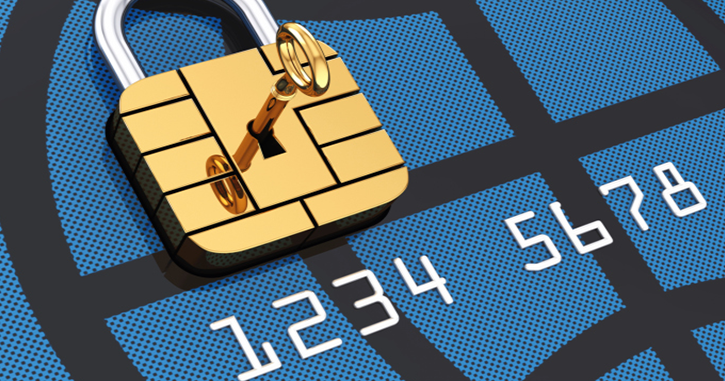
Signs of Online Identity Theft

Seven signs you’re a victim of identity theft
Say you’re a victim of online identity theft. The hacker now has your name, address, email, possibly other personal data about your family, but for many online thieves, their quest is about one thing-the money. Once a hacker has figured out away into your personal data, he has access to everything in your life, including your bank accounts, credit cards, and loan information.
Losing the privacy of this information can be devastating and it can take weeks, if not months or even years, to restore your credit rating and all your assets. Instead of wondering if your online information is safe, you should take steps to make sure it is secure before worrying about the recovery process instead.
Many online sites and apps are recognizing this growing threat of online identity theft and are creating ways to prevent it, or at least push back against the hackers’ repeated attacks. But that doesn’t mean you shouldn’t take steps on your own to protect yourself and your information.
Preventing Online Identity Theft
If you do online banking, or make everyday purchases through different sites, you have provided openings for hackers to collect your materials. Since these actions are becoming commonplace, it’s hard to completely avoid doing any online financial transactions. However, when you do enter personal information, you can take certain steps to keep hackers from gaining access to your information.
- Make sure the side you are using has a complete encryption for all transactions, also known as end-to-end encryption.
- Don’t use the same password for multiple sites, and don’t use auto-remember for your passwords. Both of those make your apps and websites very easy to break into, almost without any effort at all.
- If you register for a website, and they send you a verification code via text message or SMS, delete it after entering the number. Text messages are just as easy to hack and sometimes unknowingly contain as much personal information as emails or web forms.
- Install an app to monitor your credit or other financial transactions. An app that provides advance notifications can keep you up-to-date and protect you from online identity theft before it happens.
- Close all your apps or windows when you finish using them or making transactions. If you leave them open, someone accessing your browsing history can return to the same page where you entered your credit card or other personal information and retrieve it without any issue.
Identity Theft and Money Theft: One and the Same

Identity Theft vs. Credit Card Fraud
Online identity theft is a crime threat that is continuing to grow rather than diminish. It is up to all of us as individual users to protect all of our personal information online-financial or otherwise.
If your money is stolen wirelessly, it means your information has been stolen as well. Likewise, if someone has stolen your identity, your money and credit could be next to disappear. That’s why so many of the prevention methods for both identity theft and financial theft are linked: the crimes, if not initially, will eventually become one and the same.
When you take the right steps to protect your identity online, you’re also taking proactive steps to protect your financial status. And when it comes to securing your money and your identity, these days one is not more valuable than the other. The loss of either can ruin your stability and peace of mind, which is why it is important to take precautions before anything bad can happen.





